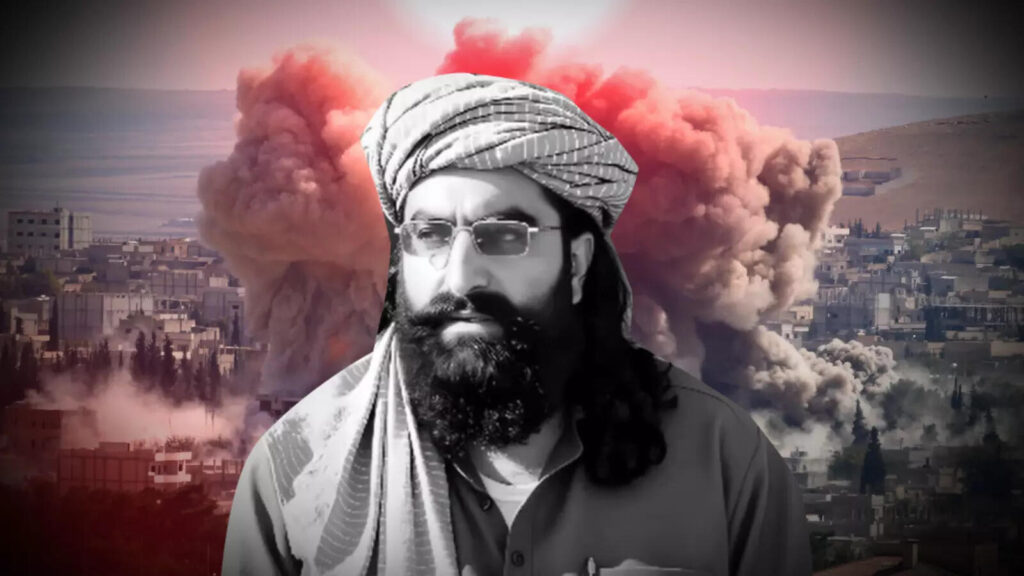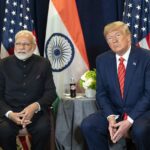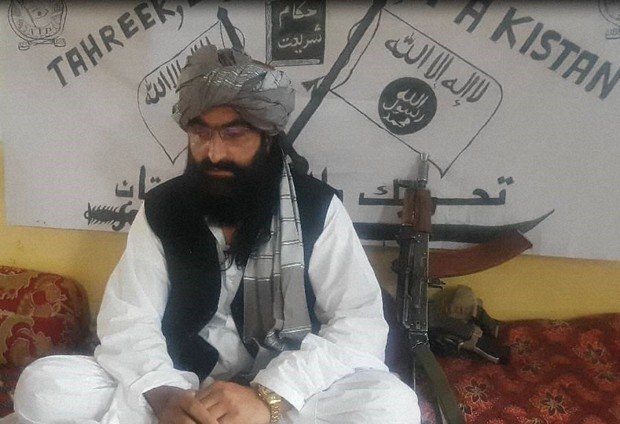
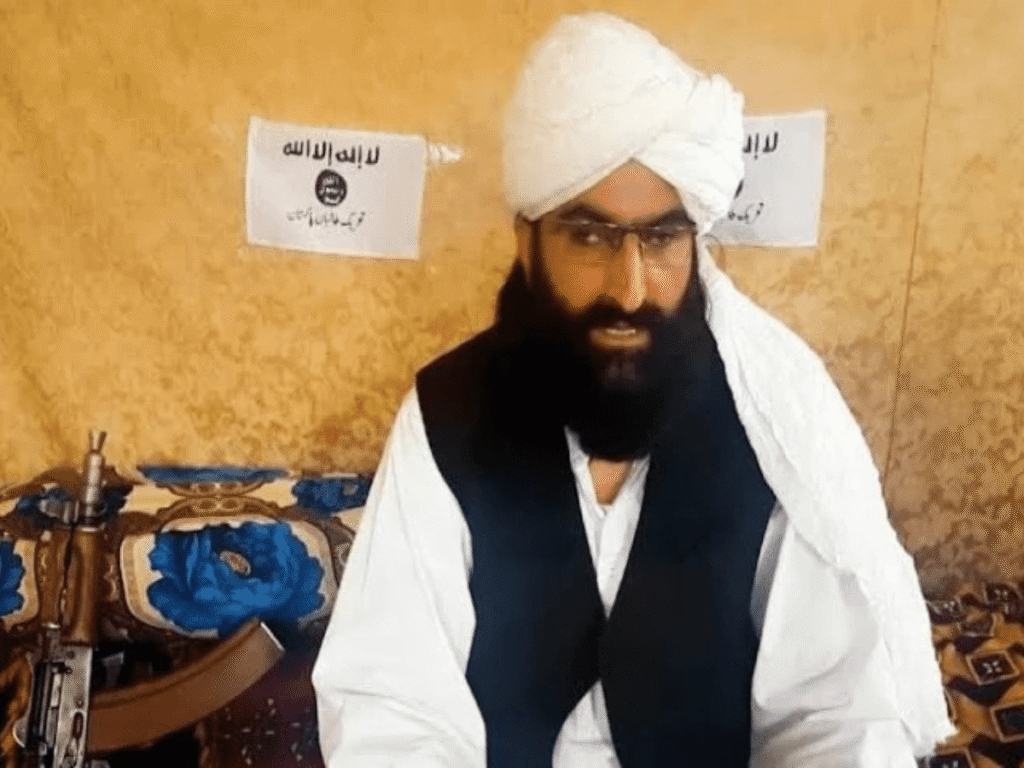
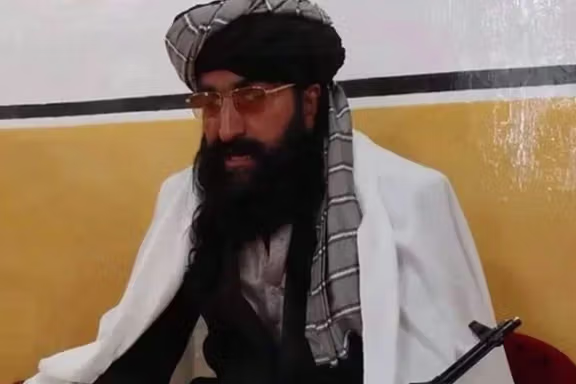
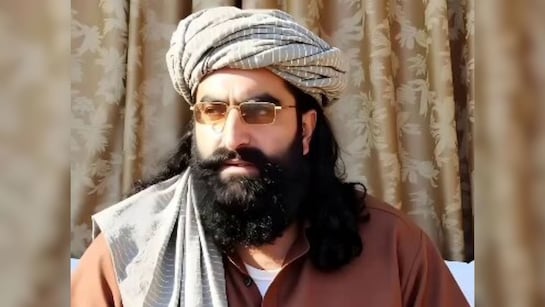
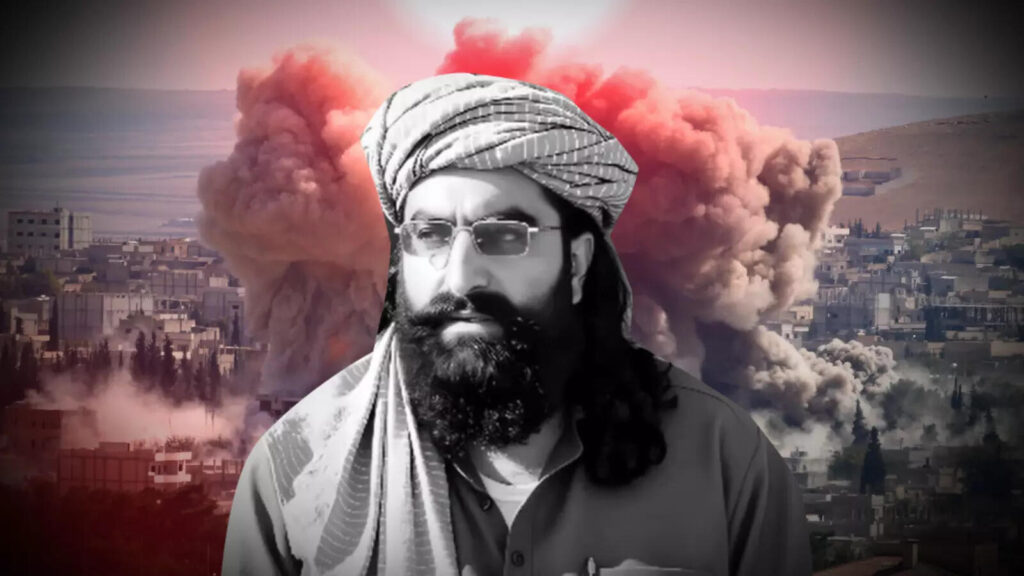
In a region long defined by instability and shifting alliances, few figures have emerged as quietly powerful — and deeply troubling — as Noor Wali Mehsud. As the current leader of Tehreek-e-Taliban Pakistan (TTP), Mehsud now stands at the heart of a growing insurgency that is destabilising Pakistan’s northwestern frontier and straining already fragile ties with neighbouring Afghanistan.
While his name may not ring loudly in Indian public discourse, his actions have had far-reaching consequences in South Asia — pushing Pakistan deeper into conflict and reigniting tensions across borders that have never truly been at peace.
From Scholar to Insurgent
Noor Wali Mehsud was born in 1978 in South Waziristan, a rugged tribal region that has often been at the centre of Pakistan’s battles with militancy. Coming from the Mehsud tribe — one of the most influential in the region — his background combined both religious study and tribal authority. Initially trained as an Islamic scholar, Mehsud graduated from religious seminaries and became known for his knowledge of Islamic jurisprudence.
But like many young men in the post-9/11 era in Pakistan’s tribal areas, Mehsud’s journey took a violent turn. As the U.S. invaded Afghanistan and Pakistan became a frontline ally in the “War on Terror”, the tribal belt turned into a battleground. Bombings, drone strikes, and military operations became part of daily life. The chaos and anger gave birth to militant groups, and Mehsud found his calling among them.
By the mid-2000s, he had joined the newly formed Tehreek-e-Taliban Pakistan, a loose network of militant groups opposed to the Pakistani state. He climbed its ranks steadily, known not only for his combat ability but also his ideological discipline. He wasn’t the loudest voice, but he was one of the most strategic.
Leading the TTP: Rebuilding from the Ashes
When Mehsud took over as the leader of TTP in 2018, the group was in disarray. Years of Pakistani military operations, U.S. drone strikes, and internal feuds had weakened the once-powerful militant outfit. Previous leaders had been killed in drone attacks or had alienated local populations with violent tactics, including attacks on schools and civilians.
Mehsud, however, brought something new to the table — patience, pragmatism, and ideological clarity. Under his leadership, TTP shifted tactics. While it did not renounce violence, it started focusing more on military and security targets. Civilian casualties became less common — not out of mercy, but as a calculated move to regain support among local populations.
He also worked to unite splintered factions, bringing various breakaway groups back into the TTP fold. His religious credentials helped him gain the trust of hardliners, while his low profile shielded him from international media scrutiny.
The Afghan Factor: A Safe Haven?
The biggest boost to Mehsud’s campaign came not from within Pakistan, but from across the border in Afghanistan. When the Afghan Taliban took control of Kabul in August 2021, it sent shockwaves across the region. For TTP, it opened new doors.
With the U.S. and NATO gone, and the Taliban focused on consolidating power, TTP fighters — many of whom had taken refuge in Afghanistan during Pakistani military operations — suddenly found themselves with more freedom of movement. Pakistani officials soon began accusing the Afghan Taliban of harbouring TTP leaders, including Mehsud, within Afghan territory.
Although the Taliban government in Kabul publicly denies sheltering foreign militants, the truth on the ground is murkier. Tribal links, shared ideology, and years of fighting side by side have created an environment where the TTP can operate with relative impunity — especially in remote areas along the Pakistan-Afghanistan border.
A Calculated Threat to Pakistan
Unlike his predecessors, Mehsud does not court global attention. He doesn’t release dramatic videos or claim responsibility for every attack. But under his watch, TTP has become more disciplined, more deadly, and more political.
The group now frequently targets Pakistani military convoys, police posts, and intelligence operatives. Attacks have intensified in the tribal districts and parts of Khyber Pakhtunkhwa. According to local sources, many young men in these areas — alienated from the state and still angry over years of conflict — are again being recruited by the TTP.
Pakistan’s own political instability and economic crisis have made matters worse. The civilian government’s reach in the border areas is weak. Meanwhile, the military — which once claimed to have defeated terrorism — is now on the back foot.
Mehsud’s TTP has also exploited anti-state sentiment in regions like Balochistan and former FATA areas, occasionally coordinating with other anti-state actors. His leadership has turned TTP into more than just a militant group — it’s now a political and ideological movement, though still rooted in violence.
Recent Escalation: A Dangerous Game
In October 2025, tensions reached a boiling point. Pakistan carried out an airstrike in Kabul, reportedly targeting a vehicle carrying Mehsud. Afghan officials condemned the strike, calling it a violation of sovereignty. Pakistan defended it, claiming it had credible intelligence of an imminent threat.
In the days that followed, clashes erupted along the border. Border crossings were closed. Civilians fled as artillery shells landed on both sides. It wasn’t just about one man anymore — Mehsud had become the trigger for a diplomatic crisis.
This episode highlighted a disturbing truth: Mehsud is not just hiding in Afghanistan; he is shaping Pakistan’s foreign and internal policy without holding any official position.
Why India Should Be Watching
At first glance, this might seem like a distant conflict. India, after all, has no formal involvement with the TTP, and its relationship with the Afghan Taliban remains limited. But regional instability never stays contained.
A Pakistan consumed by its internal insurgency is unpredictable. It may double down on nationalism or seek to deflect public attention elsewhere. Moreover, any power vacuum in the region — especially in border areas — creates opportunities for other militant networks to thrive, some of which could eventually pose cross-border threats.
India’s long-standing concerns about terrorism are not limited to one group or geography. The resurgence of any extremist force — particularly one with cross-border capabilities and ideological appeal — is a matter of national interest.
Conclusion: A Long, Dangerous Road Ahead
Noor Wali Mehsud may not be as well-known as Osama bin Laden or Mullah Omar, but in the current regional context, he is one of the most dangerous men in South Asia. His leadership of the TTP has revitalised a group that was once considered finished. His survival — despite multiple attempts to kill him — has emboldened his followers.
For Pakistan, he represents a challenge that cannot be solved with airstrikes alone. For Afghanistan, he is a diplomatic liability. And for the region, he is a reminder that as long as root causes — inequality, mistrust, foreign interference, and ideological extremism — remain unaddressed, peace will remain elusive.
As the region watches the mountains of Waziristan and Kunar, the question is no longer “Who is Noor Wali Mehsud?”
It’s what happens if he’s not stopped.

